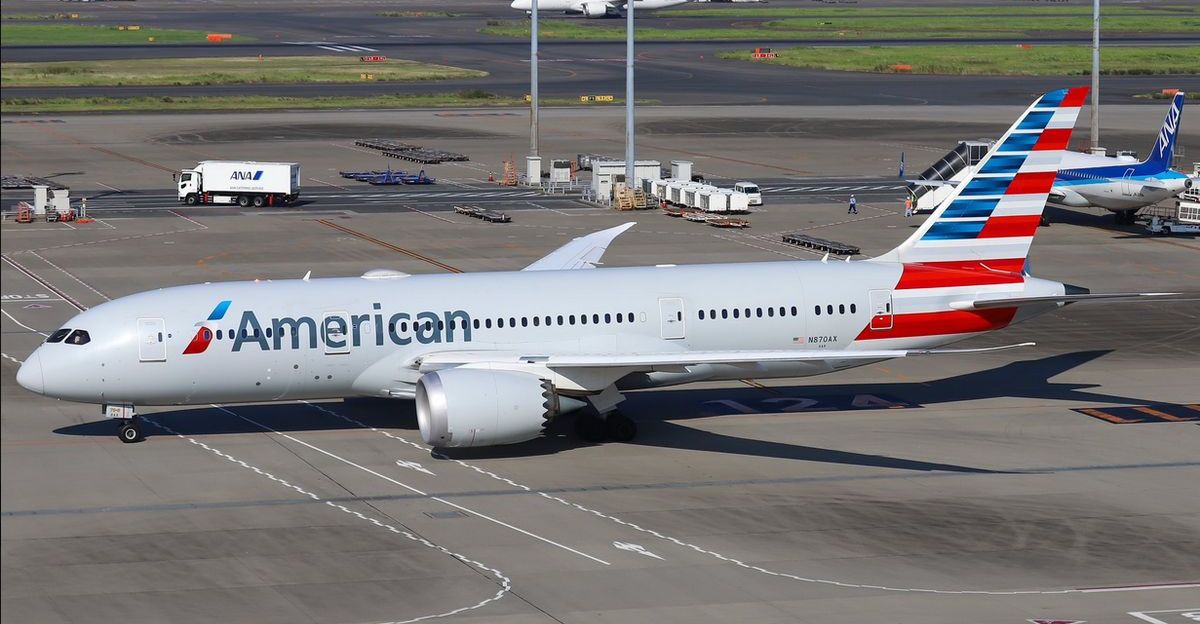
ID badges were abruptly deactivated and employees escorted out as American Airlines’ Fort Worth headquarters fell silent on November 4, 2025. Despite reporting a record $13.7 billion in quarterly revenue, the airline posted a $114 million net loss and announced the elimination of up to 5,500 jobs—roughly 4–5% of its workforce. The sweeping layoffs, focused on management and support roles, sent shockwaves through the Texas hub and raised urgent questions about the future of the nation’s largest airline.
Layoffs Reshape the Workforce

The job cuts at American Airlines represent one of the largest post-pandemic workforce reductions in U.S. aviation. Most affected were management, airport operations, IT, and customer support staff. Many employees, according to internal reports and social media accounts, were given little warning before being escorted out. The suddenness of the layoffs left entire departments understaffed, fueling concerns about operational continuity and employee morale at the Dallas/Fort Worth hub.
For the workers left behind, the atmosphere is tense. Some teams have lost significant numbers, and remaining staff face heavier workloads and uncertainty about their own job security. The layoffs have also sparked anxiety about the long-term stability of American’s Texas operations, a critical base for both the airline and the regional economy.
Financial Pressures and Industry Headwinds

American Airlines’ financial challenges are emblematic of broader turbulence in the aviation sector. After a period of rapid expansion to meet surging post-pandemic travel demand, U.S. airlines are now grappling with economic uncertainty, rising costs, and slowing passenger growth. Even as American posted record revenues, higher fuel prices, severe weather, and air traffic control delays contributed to its quarterly loss.
To address these pressures, the company is doubling down on premium services, digital tools, and operational efficiency. However, investors remain focused on profitability, forcing American to make difficult decisions about staffing and spending. The layoffs are part of a broader “right-sizing” strategy, with executives emphasizing the need to align costs with revenue in a volatile market.
Outsourcing and Automation Accelerate
A significant portion of the eliminated roles—especially in IT, engineering, and customer support—are being relocated to Hyderabad, India. This move is part of a growing trend among U.S. and global airlines to cut costs through outsourcing and automation. American is investing in digital tools and process automation, aiming to streamline operations and reduce reliance on domestic middle-management positions.
While these changes may improve efficiency, they also alter the composition of the workforce and raise questions about service quality. Employees report that the transition has been abrupt, with badge deactivations and escorted exits underscoring the rapid pace of change. The shift to offshore operations is intended to support American’s pivot toward a premium business model, but it has also fueled internal friction and uncertainty among remaining staff.
Leadership and Strategic Shifts

The restructuring comes as American Airlines undergoes leadership changes. Nathaniel Pieper, the newly appointed Chief Commercial Officer, is tasked with restoring profitability and stabilizing morale. Pieper’s experience at other major airlines is seen as an asset as the company navigates workforce reductions, operational shifts, and the rollout of new premium services.
American is also investing in its core infrastructure, completing a $4 billion modernization at Dallas/Fort Worth International Airport and introducing Flagship Suites on long-haul flights to attract higher-paying customers. These initiatives are designed to enhance competitiveness and operational flexibility, with the hope that a focus on premium passengers and streamlined processes will offset the impact of job cuts.
Broader Implications and Uncertain Future

The mass layoffs at American Airlines have drawn attention from competitors, regulators, and policymakers. Rival carriers like Delta and United reported profits in the same quarter, highlighting American’s unique struggles, while Southwest Airlines has also implemented layoffs, suggesting a sector-wide reckoning. Regulators are monitoring the situation for compliance with labor laws and consumer protection standards, and the scale of the workforce reduction could prompt further scrutiny.
The decision to outsource U.S. jobs to India has sparked debate about domestic employment and industrial policy, with lawmakers considering potential new rules on hiring and outsourcing in critical sectors. Internationally, American’s move reflects a broader shift as airlines seek lower-cost labor markets, potentially reshaping global employment standards in aviation.
For employees, passengers, and the Texas economy, the long-term effects of these changes remain uncertain. As American Airlines projects improved financial performance in the coming quarters, the stakes are high: the company’s ability to balance cost-cutting with service reliability will shape not only its own future, but also the evolving landscape of the airline industry.